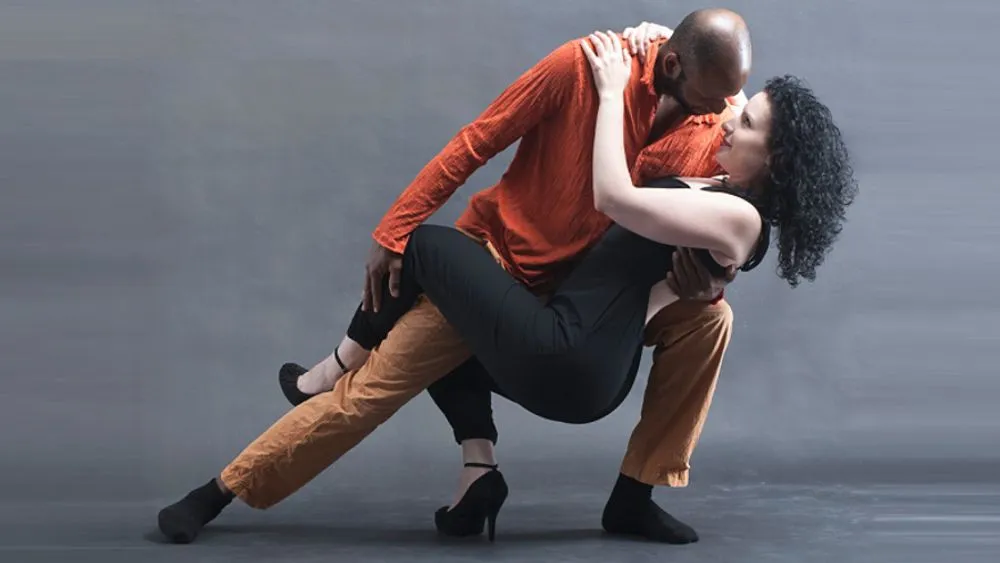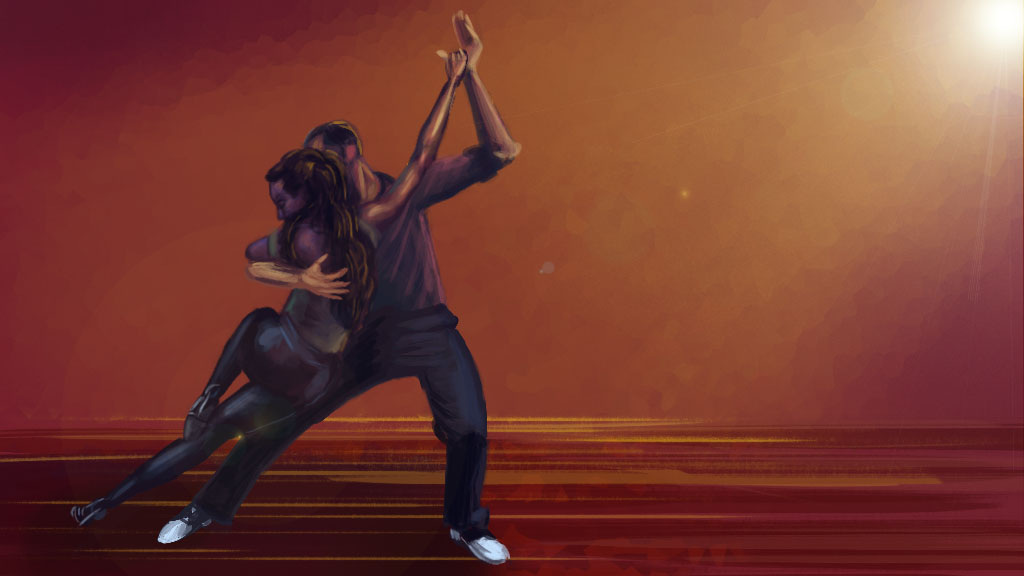What is Kizomba? Exploring Its History, Origin, and Connections to Semba and Konpa
Kizomba, often referred to as one of the most sensual partner dances, has captivated dancers and music enthusiasts worldwide. Its unique blend of rhythm, intimacy, and cultural richness makes it more than just a dance—it’s an experience. But what exactly is Kizomba, and how does it relate to other African-rooted genres like Semba and the Caribbean’s Konpa? Let’s dive into its history, origins, and connections.
The Origin
Originated in Angola during the late 1970s and early 1980s, emerging as a fusion of traditional Angolan Semba music and influences from Zouk music, a genre that originated in the French Caribbean islands of Guadeloupe and Martinique. The term “Kizomba” comes from the Kimbundu language of Angola, meaning “party” or “celebration.”
Initially, Kizomba was a slower, more romantic evolution of Semba music. With its soothing melodies, compelling rhythms, and lyrics often centered on love and social themes, it quickly became a staple at celebrations and social gatherings. Over time, the dance developed, blending the structured partner movements of Semba with the sensuality and close connection of Zouk.
The Music
Kizomba music is characterized by its slow, steady beats and melodic undertones, often incorporating electronic elements alongside traditional instruments. The rhythm is deeply rooted in African percussion, while its melodic style draws from Zouk’s romantic vibes. This combination creates a sound that feels both soulful and modern, making it accessible to a global audience.
Kizomba vs. Semba
To truly understand Kizomba, it’s essential to explore its relationship with Semba, who is often considered Kizomba’s predecessor.
Similarities:
- Both genres originate from Angola and share African cultural and rhythmic roots.
- They are danced in pairs and emphasize the connection between partners.
Differences:
- Music Tempo: Semba is faster and more upbeat, often associated with lively celebrations and storytelling. Kizomba, on the other hand, has a slower, more sensual pace.
- Dance Style: Semba includes playful movements, intricate footwork, and tricks, while Kizomba focuses on close body contact and fluid, grounded movements.
Kizomba and Konpa: Comparing the Rhythms
Konpa, a Haitian music and dance genre, shares some similarities with Kizomba due to their mutual connections to Zouk. Both emphasize partner connection and smooth, flowing movements. However, there are distinct differences:

Similarities:
- Romantic Influence: Both genres often revolve around themes of love and emotion.
- Partner Dancing: Close embrace and connection are vital in both styles.
- Zouk Influence: Both genres have been shaped by Zouk music, which acts as a bridge between African and Caribbean music cultures.
Differences:
- Cultural Context: Deeply rooted in Angolan traditions, while Konpa originates from Haitian culture.
- Dance Structure: Konpa involves more side-to-side movements and a lighter touch, whereas Kizomba emphasizes grounded steps and a subtle, smooth body wave.
- Music Tempo: Konpa’s tempo is often more consistent and mid-paced, while Kizomba’s can vary, often leaning towards slower rhythms.
The Global Rise of Kizomba
In the past two decades, Kizomba has transcended its Angolan roots to become a global phenomenon. Dance festivals, workshops, and social dance events dedicated to Kizomba now occur worldwide, from Europe to the Americas, Asia, and beyond. Its sensuality and connection make it a favorite among dancers of various skill levels.
The spread of Kizomba has also fostered cross-cultural appreciation, encouraging collaborations with artists and dancers from different genres, including Salsa, Bachata, and Konpa. This global influence has led to the emergence of Urban Kiz, a modern adaptation of traditional Kizomba that incorporates elements of hip-hop and electronic music.
Why Learn Kizomba?
Learning offers numerous benefits beyond the joy of dancing:
- Connection: The dance’s close embrace promotes trust and communication between partners.
- Cultural Appreciation: Exploring Kizomba provides insight into Angolan culture and its rich traditions.
- Physical and Mental Health: Dancing improves cardiovascular health, coordination, and mental well-being.
More Than Just A Dance
Kizomba is more than just a dance or a music genre; it’s a celebration of African culture, history, and connection. Its ties to Semba and Zouk illustrate the beauty of cultural fusion, while its similarities and differences with Konpa highlight the diversity within Afro-Caribbean and African-rooted music and dance styles.
Whether you’re an experienced dancer or new to the world of partner dancing, Kizomba offers a unique way to connect with others and immerse yourself in a rich cultural tradition. So why not step onto the dance floor and experience the magic of Kizomba for yourself?


